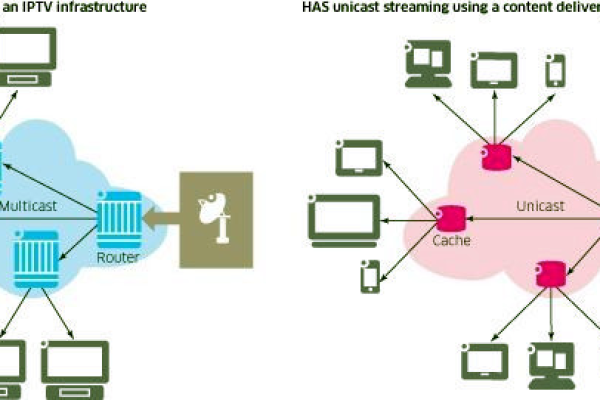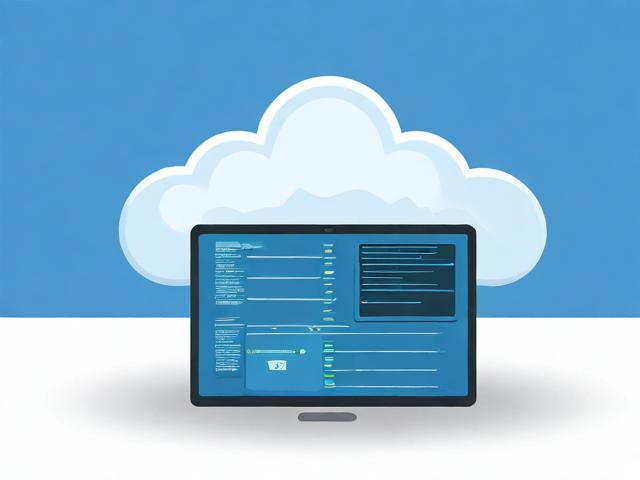香港云服务器网络优化与带宽管理:提升性能与用户体验
- 行业动态
- 2024-03-12
- 2
香港云服务器网络优化与带宽管理:提升性能与用户体验。
香港云服务器网络优化与带宽管理:提升性能与用户体验
随着互联网的高速发展,越来越多的企业和个人选择将业务部署在云端,香港作为亚洲的金融中心,其数据中心资源丰富,网络质量优越,因此成为了许多用户的首选,如何充分发挥香港云服务器的性能,提升用户体验,成为了一个亟待解决的问题,本文将从网络优化和带宽管理两个方面,探讨如何提升香港云服务器的性能与用户体验。
网络优化
1、选择合适的数据中心
香港拥有多个数据中心,如阿里云、腾讯云、华为云等,在选择数据中心时,应考虑其地理位置、网络质量、稳定性等因素,离用户较近的数据中心访问速度更快,延迟更低,还应关注数据中心的网络接入方式,如BGP多线接入、CN2线路等,以确保网络质量。
2、使用CDN加速
内容分发网络(CDN)是一种分布式存储技术,可以将网站内容缓存到全球各地的节点上,使用户可以就近访问,使用CDN可以有效降低网络延迟,提升访问速度,在选择CDN服务商时,应考虑其服务质量、价格、覆盖范围等因素。
3、优化DNS解析
DNS解析是将域名转换为IP地址的过程,优化DNS解析可以降低解析时间,提升访问速度,可以使用公共DNS服务,如114.114.114.114、223.5.5.5等,或使用权威DNS服务商提供的服务,还可以设置DNS缓存时间,以减少不必要的请求。

4、开启GZIP压缩
GZIP是一种数据压缩算法,可以减小传输数据的体积,从而降低网络延迟,在服务器端开启GZIP压缩功能,可以有效提升网站的加载速度,需要注意的是,开启GZIP压缩可能会增加服务器的CPU负载,因此需要根据实际情况进行调整。
带宽管理
1、选择合适的带宽套餐
香港云服务器的带宽分为共享带宽和独享带宽两种,共享带宽是指多个用户共享同一带宽资源,价格较低;独享带宽是指用户独享一定带宽资源,价格较高,在选择带宽套餐时,应考虑业务需求、预算等因素,对于流量较大的业务,建议选择独享带宽;对于流量较小的业务,可以选择共享带宽。
2、监控带宽使用情况
定期监控带宽使用情况,可以及时发现异常情况,避免因带宽不足导致的问题,可以使用云服务商提供的监控工具,或自行开发监控脚本,还可以设置带宽警报,当带宽使用达到预设阈值时,自动发送警报通知。

3、限制非必要流量
为了确保关键业务的正常运行,可以对非必要的流量进行限制,可以禁止某些类型的文件上传下载,限制P2P下载等,还可以设置防火墙规则,对特定IP或端口的流量进行限制。
4、使用流量计费模式
部分云服务商提供流量计费模式,可以根据实际流量收费,使用流量计费模式可以避免因带宽浪费导致的额外费用,需要注意的是,流量计费模式可能会导致流量波动较大,因此需要根据实际情况进行调整。
相关问题与解答
问题1:如何判断香港云服务器的网络质量?
答:可以通过ping测试、Traceroute测试等方式,检查香港云服务器的网络延迟和丢包率,还可以查看云服务商提供的网络质量报告,了解数据中心的网络状况。

问题2:如何选择合适的CDN服务商?
答:在选择CDN服务商时,应考虑其服务质量、价格、覆盖范围等因素,可以参考其他用户的评价和建议,或自行进行试用测试,还可以关注CDN服务商的技术实力和服务水平。
问题3:如何优化DNS解析?
答:可以使用公共DNS服务或权威DNS服务商提供的服务,还可以设置DNS缓存时间,以减少不必要的请求,需要注意的是,频繁修改DNS记录可能会导致解析不稳定。
问题4:如何合理分配带宽资源?
答:可以根据业务需求和预算,选择合适的带宽套餐,对于流量较大的业务,建议选择独享带宽;对于流量较小的业务,可以选择共享带宽,还可以通过监控带宽使用情况,调整带宽分配策略。









